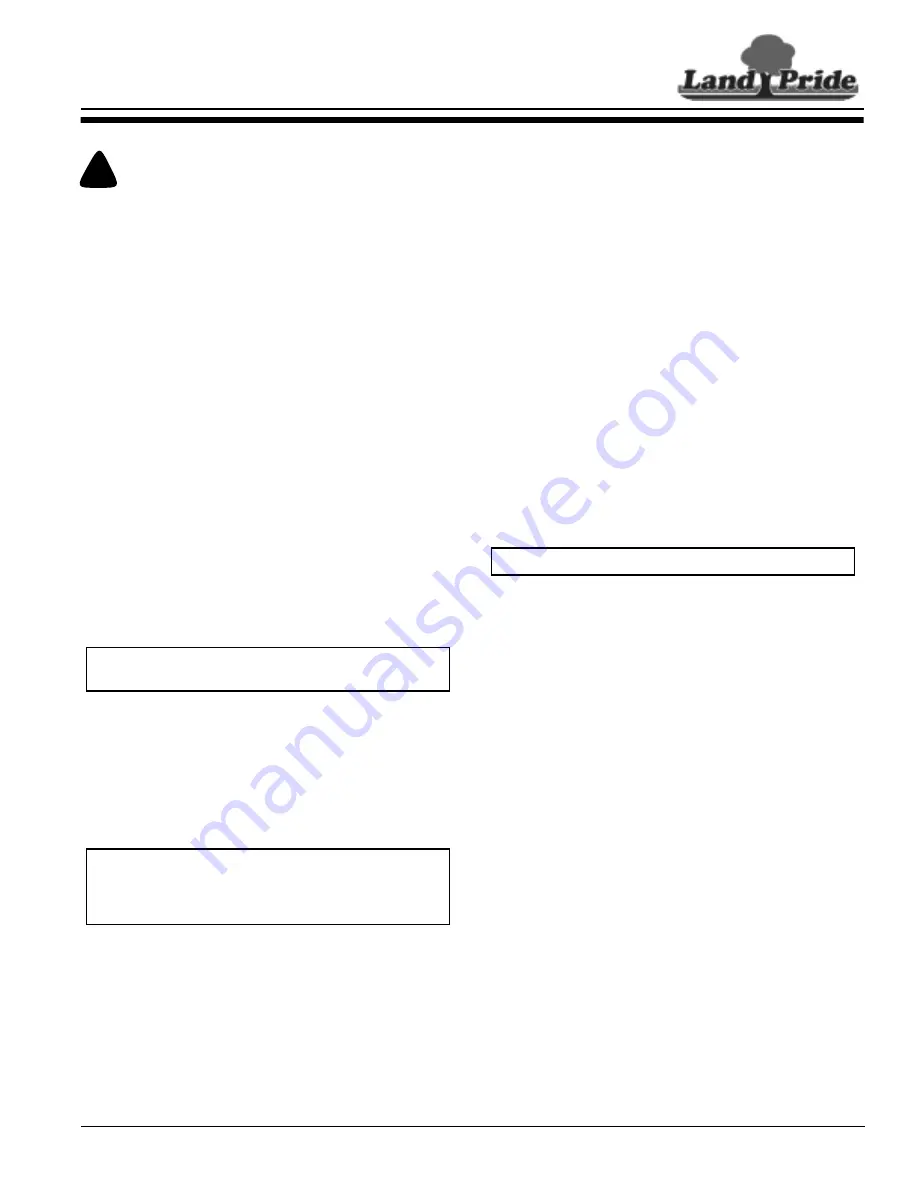
7/01/05
39
Section 8 Seasonal Storage
4400EX Heavy Duty Off Road Utility Vehicle 720-132M
Table of Contents
!
CAUTION
Fuel vapors are flammable and explosive. Do not store a vehicle
with fuel in the tank in a building where fumes can reach a spark
or an open flames (i.e. plug-in sockets, light switches, light
fixtures, power tools, welders, pilot lights and stoves).
Engine exhaust fumes contain carbon monoxide. Do not run a
vehicle inside a building any longer than what it takes to move
it. Serious illness or death may result from prolong exposure to
carbon monoxide.
Engine Preparation for Storage
1.
Take vehicle out of gear, set park brake and run
engine outside for 15 minutes minimum. Then shut
vehicle off and remove ignition key.
2.
Drain oil from crankcase while engine is still warm.
3.
Change oil filter. Refer to page 34.
4.
Refill with fresh oil of proper viscosity. Refer to
page 33.
5.
Replace fuel filter if needed. Refer to page 28.
6.
Prepare fuel system as follows:
Short term storage (90 days or less):
a.
Siphon most of the fuel from the tank.
b.
Add fuel stabilizer to the tank per manufacturers
recommendation.
c.
Fill fuel tank with fresh fuel to prevent water
condensation build-up.
d.
Run engine to circulate fresh fuel throughout
engine components.
Long term storage (over 90 days):
a.
Siphon most of the fuel from the tank.
b.
Run engine until it stops from lack of fuel.
c.
Remove spark plugs and pour a tablespoon of
engine oil into each spark plug hole. Install plugs,
but do not reconnect plug leads.
d.
Crank engine with starter at least a dozen
revolutions to distribute oil over cylinder walls and
valve mechanism.
7.
Clean exterior surface of engine. Spread a light film of
oil over any exposed metal surfaces of engine that are
subject to corrosion.
IMPORTANT: Do not use fuel additives containing
methanol or ethanol.
NOTE: Gasoline evaporates if left in carburetor for
long periods, forming gum and varnish deposits in the
carburetor. These deposits will cause engine flooding
and loss of power.
8.
Clean dirt and chaff from cylinders and fins, blower
housing and muffler.
9.
Check oil fill cap and fuel tank cap to make certain
they are securely in place.
Vehicle Storage Preparation
1.
Perform separate engine preparations listed
previously before storing the vehicle.
2.
Store vehicle in a clean, dry place.
3.
Always set park brake, leave vehicle in gear and
remove ignition key when parking the vehicle.
4.
Before working around or on the vehicle, allow it to
cool.
5.
Remove all dirt and trash.
6.
Clean and touch up all scrapes per “Section 9 Body
Repair” on page 40.
7.
Check thoroughly for any worn or damaged parts that
need replacing including decals and order them from
your Land Pride Dealer.
8.
Thoroughly lubricate the vehicle according to
lubrication instructions.
9.
Block vehicle up to take weight off the tires.
10. Clean battery and battery post. Check battery
electrolyte level. Protect battery from freezing
temperatures. Occasionally recharging battery during
storage will extend battery life.
11. Secure a waterproof cover over the vehicle if stored
outside.
Vehicle Removal From Storage Preparation
1.
Remove waterproof cover if used.
2.
Clean vehicle, removing trash and dirt accumulation.
3.
Install all safety shields and review safety precautions
listed in this manual.
4.
Reconnect spark plug leads to spark plugs.
5.
Check engine oil level.
6.
Check transmission oil level.
7.
Charge battery.
8.
Fill fuel tank with fresh gasoline.
9.
Run vehicle at half speed for 5 minutes, checking
operation of steering control levers.
10. Stop engine and check for oil leaks, loose fittings and
overall condition of the vehicle.
11. Tighten any bolts that may have loosened.
12. Check and inflate tires to correct air pressure.
NOTE: Do not deflate tires.
Section 8 Seasonal Storage












































